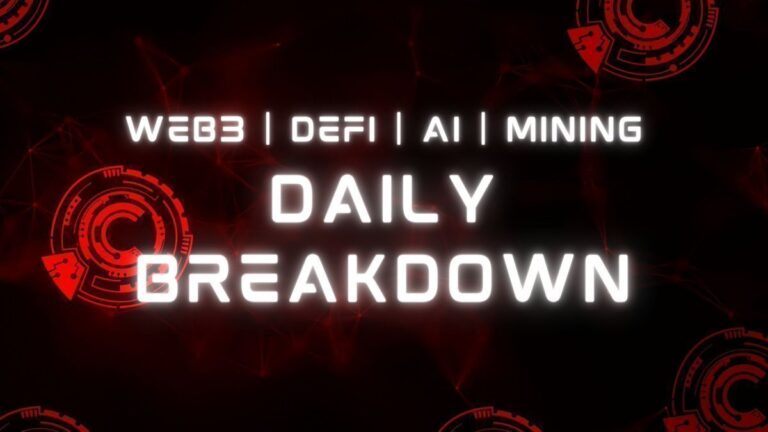
Bitcoin mining’s hefty electricity appetite has often put the industry at odds with sustainability advocates. But a new pilot project by Marathon Digital illustrates how cryptocurrency technology could actually drive forward creative renewables integration.
The company recently launched a first-of-its-kind methane mining facility in Utah. The 280 kilowatt project sources methane gas directly from a local landfill’s emissions, converts it into electricity, and uses that power to fuel Bitcoin mining rigs.
Marathon partnered with energy developer Nodal Power to test the viability of landfill methane as a mining energy source. If successful, this novel approach could expand as a greener alternative to conventional coal or natural gas power.
Capturing A Potent Greenhouse Gas
Methane release represents a major component of global greenhouse emissions, especially from waste sources like landfills. The gas packs over 80 times the warming power of carbon dioxide over a 20 year timeframe.
Constructively repurposing fugitive methane, rather than allowing its release, is crucial for mitigating climate change. Marathon’s pilot aims to prove that crypto mining can provide an economic use for waste methane that eliminates its release into the atmosphere.
Other mining firms have pursued similar methane-to-Bitcoin concepts. But Marathon’s landfill-based project represents an ambitious new test case for the industry.
Turning Climate Liability Into Climate Solution
Some environmentalists argue that Bitcoin mining enables waste methane emissions by creating new energy demand. But responsibly harnessing byproduct methane specifically for mining operations would reduce, rather than increase, the gas’s climate impact.
The flexible and intermittent nature of crypto mining makes it well-suited to make use of stranded energy sources like landfill gas, rather than relying solely on fossil fuels. With thoughtful implementation, Bitcoin’s energy hunger could spur sustainability innovations that convert environmental liabilities into climate solutions.
Of course, reducing methane production at the source remains imperative as well. Creative mitigation approaches like Marathon’s pilot complement efforts to cut emissions across supply chains. The project highlights one potential avenue to align mining incentives with climate objectives.
One Piece of the Puzzle
Marathon’s methane mining experiment illustrates how crypto could catalyze renewables innovation and emissions reductions. But it remains just one piece of the sustainability puzzle.
Holistic lifecycle assessments will be key to ensuring net climate benefits. And myriad other strategies across sectors are essential to curb global carbon outputs. Still, creative solutions like Marathon’s represent important steps on the road to a greener crypto industry.
With the right combination of policies, technologies, and incentives, cryptocurrency and sustainability need not be mutually exclusive. In fact, the urgency of climate issues could propel blockchain-based advances in renewables integration. In that sense, Bitcoin could potentially help drive the broader transition toward a decarbonized future.
Thank you for reading “Turning Waste Into Watts: A Novel Pilot for Greener Crypto Mining“.
- Subscribe to our newsletter: ConsensusProtocol.org
- Follow us on Twitter: @ConsensusPro
Sources:




